Blurred contours in thick paint: How Richard Gerstl abandoned figuration and alienated his contemporaries.
Richard Gerstl portrayed the family of composer Arnold Schönberg in thick, lavish brushwork. Using clear colors and jittery lines, the artist burrowed through the layers of paint, digging out patches and drawing streaks across the canvas until every detail was obliterated.
Shadows no longer register amongst the flat colors, with all contours blurred beyond recognition. The figures are positioned within the painting only through the use of color: The woman’s blue dress, the red ribbons in the girl’s hair and the grass-green surroundings on the one hand define the sitters and on the other distinguish them from the background.

The painting was created in July 1908, when Richard Gerstl was staying and working at the house of his friend Arnold Schönberg in Gmund. It shows the pioneer of the 12-tone technique with his wife and their two children, Trudi and Georg. The piece, titled “Die Familie Schönberg” (The Schönberg Family), would be one of Gerstl’s last paintings. In the way he applied the paint in swirls and left entire sections of the composition merely hinted at and chaotic, Gerstl proved that he was far ahead of his time.
Throwing punches with the paintbrush
Young Richard Gerstl’s individual style attracted attention even during his days as a student. He saw himself in the line of tradition of artists such as Edvard Munch and Vincent van Gogh. And it is first and foremost his strong brushwork that makes his “Selbstbildnis als Akt” (Nude Self-Portrait) for example reminiscent of his Dutch role model van Gogh. Here Gerstl crossed the light contours of his slender body with thick, dark-blue lines, as cutting as punches thrown with a paintbrush. The male body shines brightly in the center of the softly lit composition.

At first glance it is easy to overlook that the blue background – taking up over two thirds of the painting – is worked gesturally throughout. This is a first step towards abstraction. In the following year Gerstl was to depart even further from academic conventions with his portrait of two sisters titled “Die Schwestern Karoline und Pauline Fey” (Sisters Karoline and Pauline Fey). The two seated women are sketched quickly and freehand, without preparatory studies, in front of what is again an empty, washed-out background.
Bodies dissolved in paint
When the Schönberg family sat for him in 1908 Gerstl used a brush that was one meter in length. He was not concerned with creating a naturalistic depiction, but with finding a strong expression. The brush mark thus became broader and the paint thicker; he applied it straight from the tube to the canvas. He sometimes mixed the hues on the canvas as he worked. His movements while painting created a sculptural structure of rough lines and interwoven swirls.

The relief-like formation, made up of individual blobs and streaks of paint layered across one another, is abstract. Facial features and details of the clothing melt into thick layers of paint, and clothing, skin and background can no longer be told apart. Gerstl’s boisterous painting style runs over what is shown, and it is only the color accents that provide the viewer with any kind of orientation in the all-over texture making up his paintings.
An almost complete dissolution
Looking at Gerstl’s “Gruppenbildnis mit Schönberg” (Group Portrait with Schönberg) and his nude “Akt im Garten” (Nude in Garden), we begin to suspect that his handling of paint would have led to his figures soon being entirely swallowed by his gestural mark-making. Contemporary tastes condemned his work as “formally barbaric;” audiences found Gerstl’s paintings ugly. It would take another 50 years for painters in New York to resume work in this direction and thereby develop Abstract Expressionism. If we think of the work of Jackson Pollock and Willem de Kooning, for example, it is easy to find echoes there of the frozen movements, the raging brush marks and the destructive gestures of the paintings Gerstl produced in 1908.

A few months later Arnold Schönberg discovered that his wife Mathilde was cheating on him with his friend Richard Gerstl. The affair destroyed the close relationship between the painter and the composer, and Gerstl consequently found himself isolated. A short while later he committed suicide. The artist left behind a small oeuvre of no more than 80 paintings. Yet with their unique, expressive style, they stand for a pioneering form of painting that can still be found to reverberate in art today.
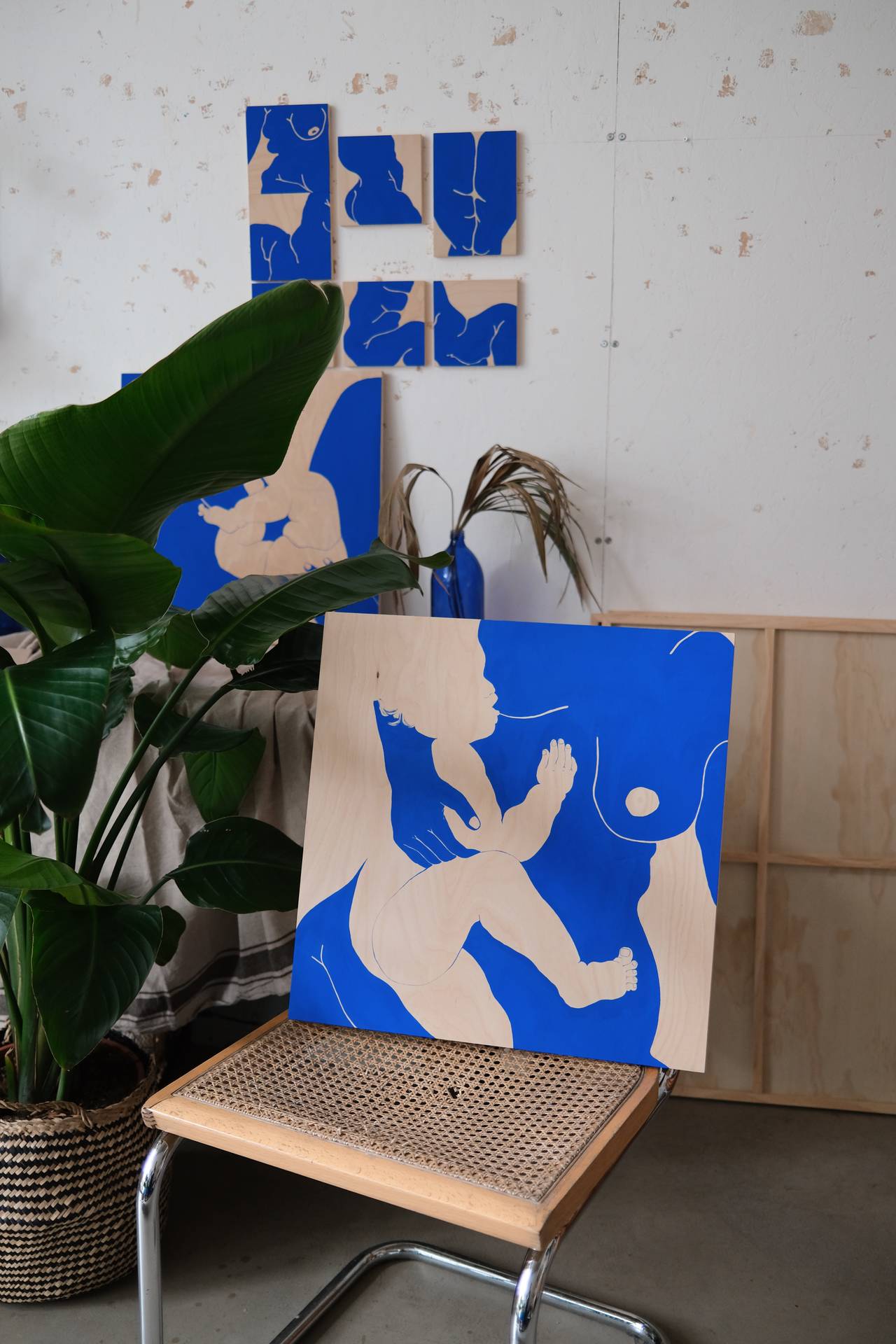
Motherhood and Art. Children as Puzzle Pieces
In her works, artist Laxmi Hussain explores the special physical closeness of being a parent. At the same time, she calls for a more realistic...
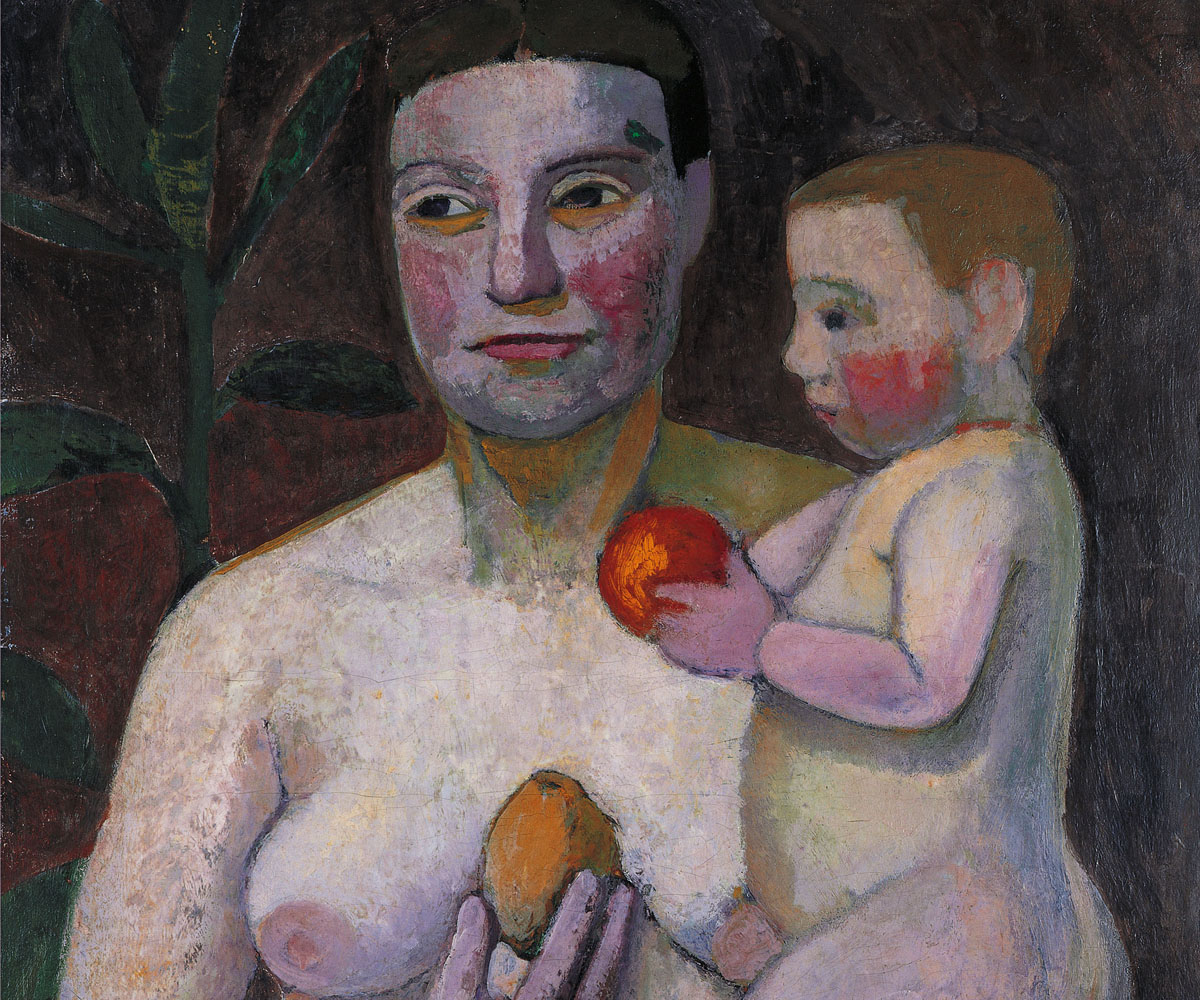
Reconquering the Female Body
An act against the macho eye: Author Jovana Reisinger on naked female bodies in painting.
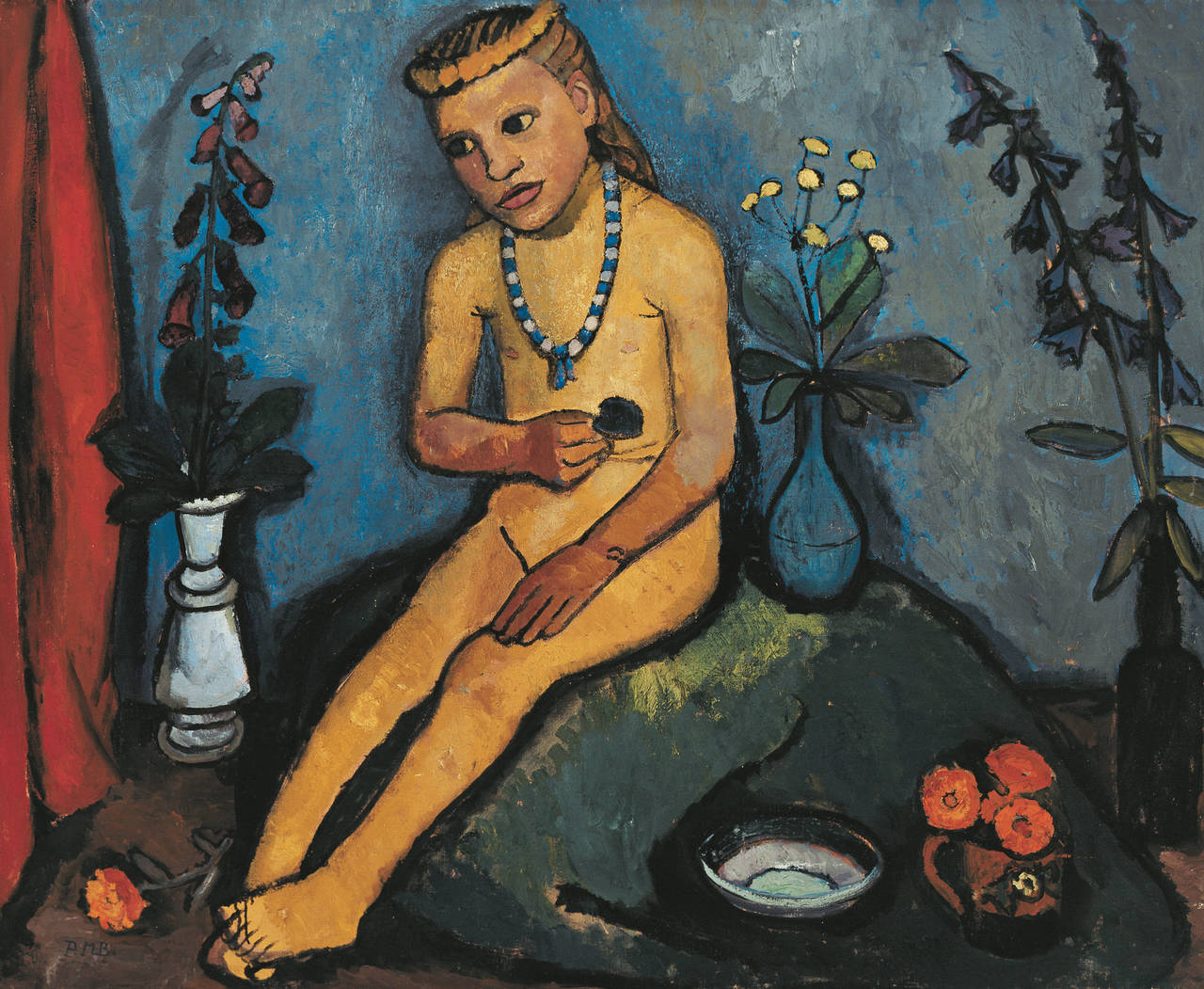
Mysterious Messages and the Charm of the Everyday
Paula Modersohn-Becker is an icon of art history. When she died at the age of only 31, she left behind an extensive and sometimes enigmatic body of...
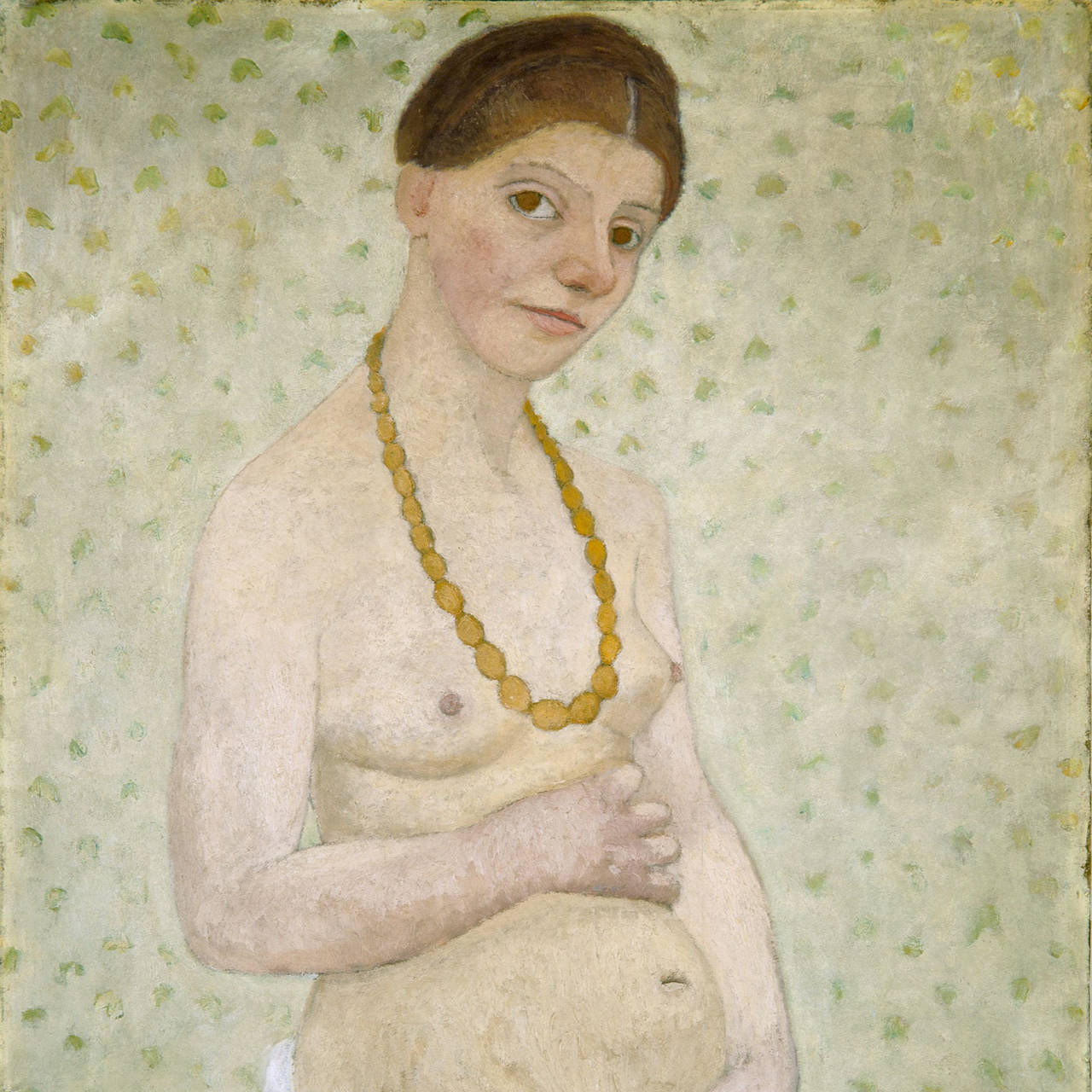
The Self-Portrait Experiment
Self-portraits offered Paula Modersohn-Becker space for artistic experimentation with form, color and technique. We took a closer look at how she...
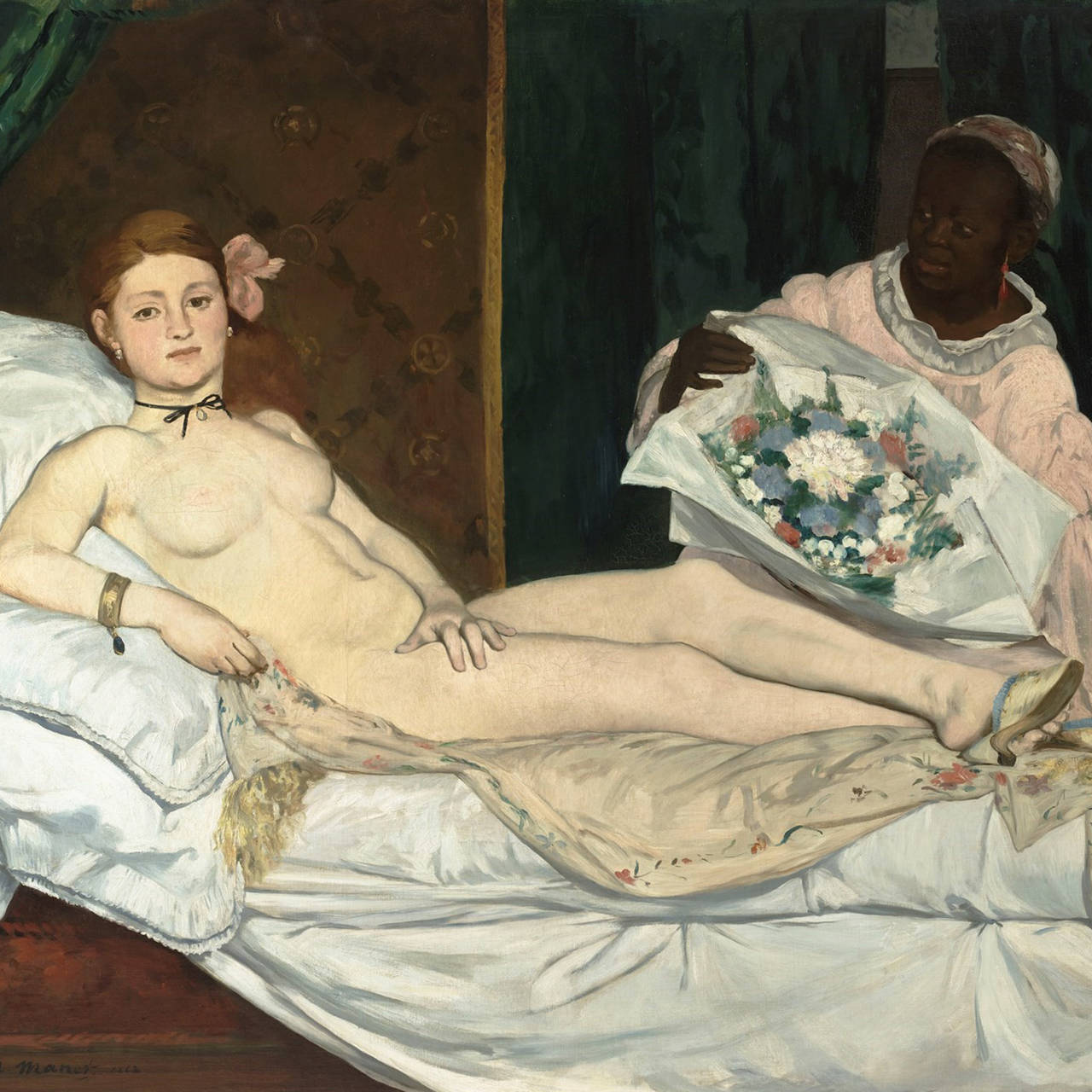
Emerging from Anonymity
In 2019, an exhibition at the Musée d’Orsay put Black models in the spotlight of art (history). Dagara Dakin explains why it was so important to...

Artistic Freedom Despite Marriage
At the beginning of the 20th century, bourgeois marriage was considered the ideal. Paula Modersohn-Becker and Charlotte Berend-Corinth are rare...

The Private Life of Paula Modersohn-Becker
At first it was only the artist’s thoughts that could be read in letters and her diary. Then Otto Modersohn’s letters and diary entries came to light....

Coming Soon: Paula Modersohn-Becker
With a comprehensive retrospective, the Schirn illuminates how Paula Modersohn-Becker anticipated central tendencies of Modernism.

Seeing Red
Red is the color of love? Far from it. The pigments and shades are as varied as the manner the color red is used in art. Our Top Ten!

Eerie canoes: Peter Doig and the Group of Seven
Peter Doig draws inspiration from the Group of Seven and creates unique, almost eerie paintings. But what makes the art of the Canadian landscape...